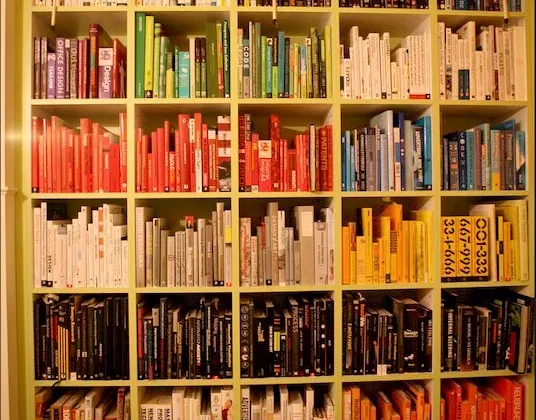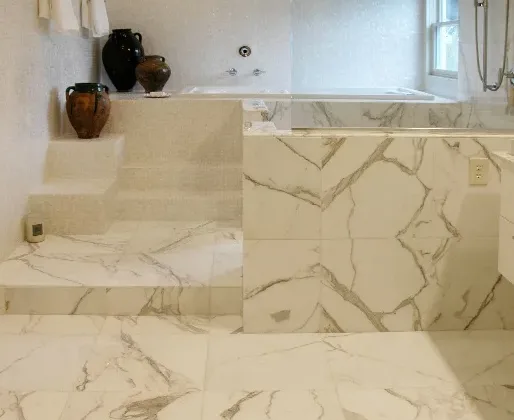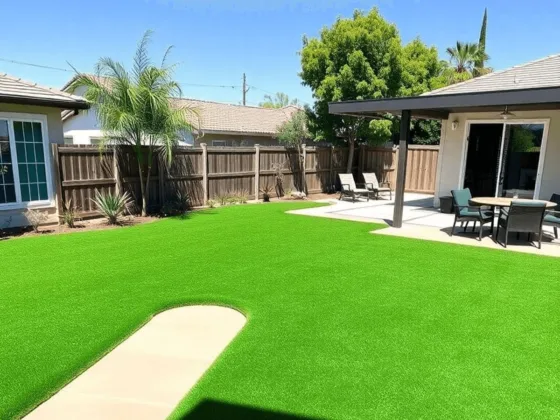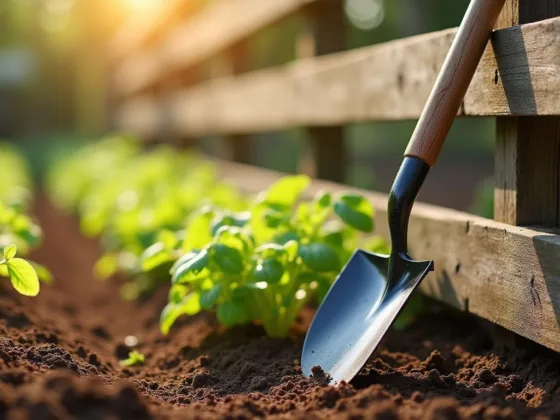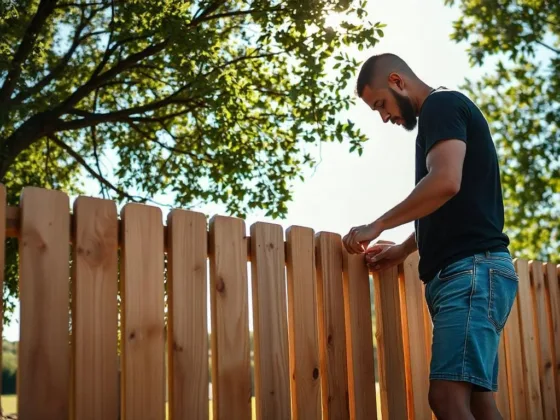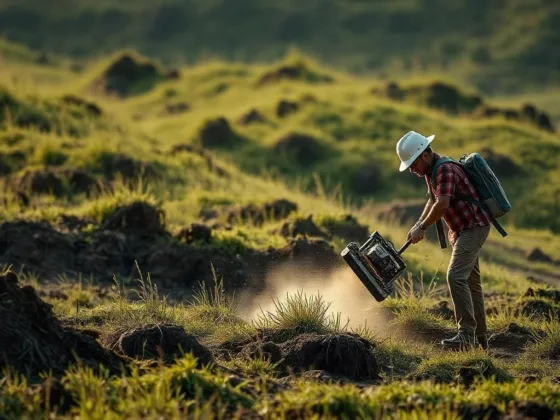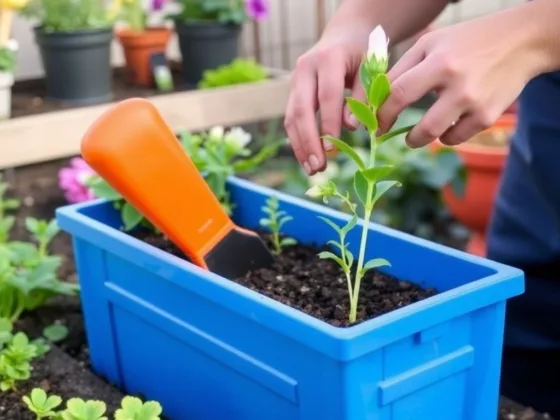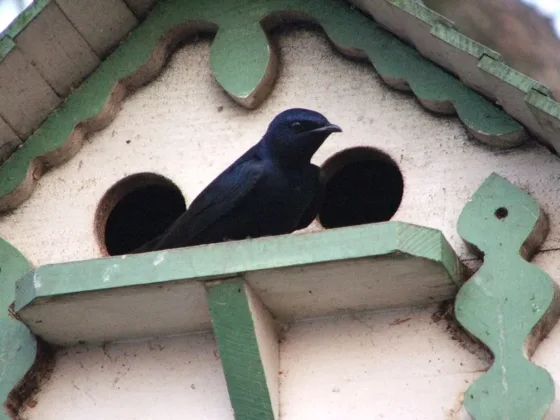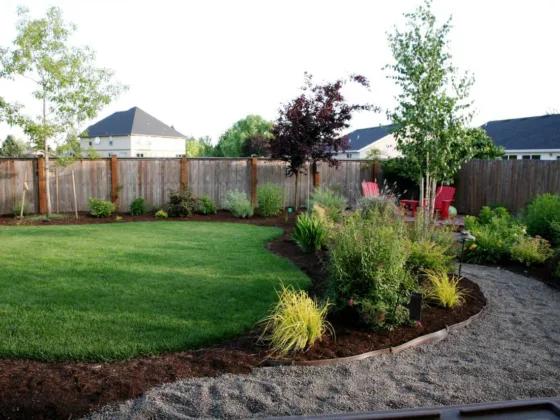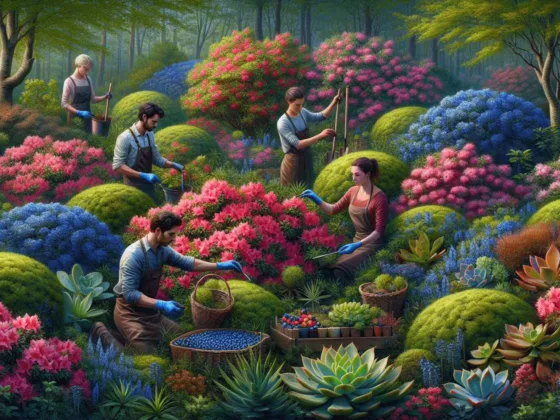Sustainable Gardening — What you plant – and where you plant it – can save the planet. Or, at least, make a big step toward saving the planet.
Spring has definitely sprung; even high in the Colorado Rockies, tenacious blades of grass are shooting through the final patches of snow and hardy flowers are shoving their leaves through the soil to remind us all that the circle of life is still turning. It’s impossible to even think the word “spring” without smiling.
We’ve beat out a winter of record-smashing cold snaps, historic snowfalls, and mudslides, and we’re ready to put our hands in the cool soil.
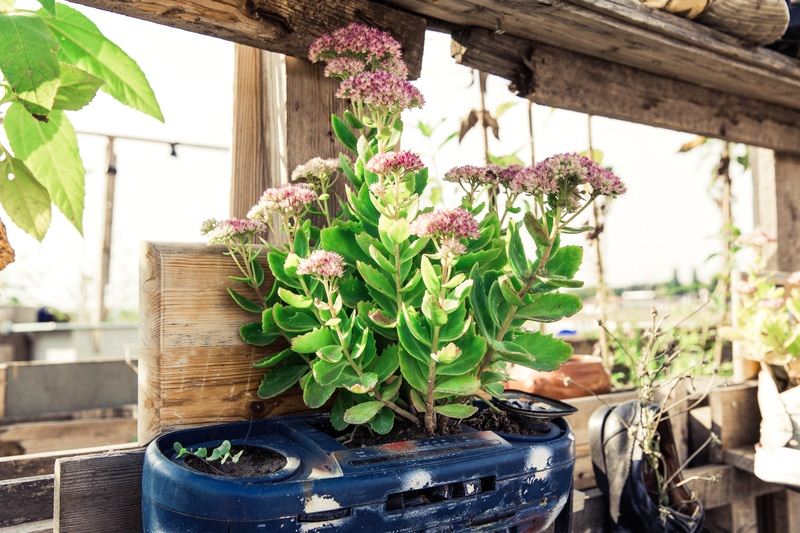
Plants native to your region will always be a better, more sustainable choice than exotic plants. Know your growing zone and then specialize in native plants to make your garden, lawn, and landscaping sustainable – for your pocket, and the planet.
Sustainable Gardening: What to Plant, and Where to Plant It
Before you put the final stamp on your gardening and landscaping plans, though, it’s definitely worth a little extra time to think about being “green” in your growing. Sustainable gardening is the key phrase for being Eco-friendly while growing our own green treasures and it starts with knowing your plants and how they fit in your natural landscape.
Flowers are the Earth Laughing
Ask any serious gardener and you’ll come to the same conclusion: Gardening isn’t just a hobby, it’s a way of life.
Whether gardening is one of your great passions, or it’s a form of decoration you’d rather take care of itself when you’re busy, sustainable gardening is a topic you should be interested in. The idea behind sustainable gardening is that by planting flowers, herbs, and vegetables that are native to your region or are perfectly suited to the area you live in, you’re putting less of a strain on the environment. You use less water, for one, and by growing plants that can thrive you prevent erosion. All good stuff.
So, your first task is to understand what growing region or “zone” you live in. Depending on what zone you live in, the date you can plant outdoors changes, as does what general types of plants will thrive. Check out the United States Hardiness Zone Map available at Your Garden Ponds Center’s website for the most common – and easiest to understand – look at where the zones are so you can locate which one you fall in.
Simply by knowing what zone you live in, you have a good handful of information to begin sustainable gardening with. Plants recommended for your zone are hardy enough to withstand the worst – and best – your region can throw at them. They will thrive, which is good for the ego and good for the planet.
Read Also:
A Garden is a Poor Man’s Apothecary
Soul-soothing properties of gardening have been extolled by philosophers and poets for ages. But we’re not just talking about a place to go and bury your troubles in the soil or to stop and smell the roses. We’re going further here, thinking about how we can be Eco-friendly in our garden practices by working toward sustainable gardening.
And no map on earth can tell you the very plants that will do best right where you’re at, zone or no zone.
Holding the idea of your zone in hand, it’s time to take the next step and look at native plants. Why? Well, it’s much easier to design an attractive landscape if we ignore sustainability, but by taking the time to know what plants both grow in your zone and are native to your region, you’re also creating a plan that won’t pollute groundwater, harm the flora and fauna keeping your area’s circle of life, and you’ll spend less money.
Doing this will reduce the amount of water you use and can eliminate the need for chemicals; native plants are more than aesthetically pleasing. They offer cool shade and wind barriers for warmth, which means they help conserve energy. And by providing a natural refuge and sustenance to insects and wildlife, you’re promoting pollination and all-natural pest control.
Working With Nature Instead of Against It
Sustainable gardening as a practice is still in its infancy. With our global market, it’s possible to get a huge variety of seeds, bulbs, and seedlings that would never have been available to you if you were restricted to local sources.
Research and studies are still being performed to prove just how effectively sustainable gardening is, but anyone who has cultivated heirloom plants native to their region can tell you right off the bat that it was the best decision they ever made.
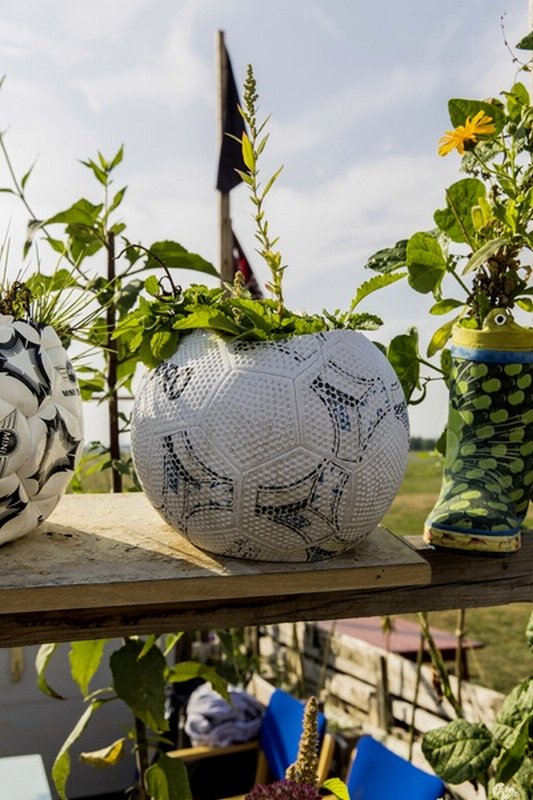
From scientists to farmers who have been practicing sustainable gardening for longer than it is a concept, here are some tips to get your landscaping and gardening as “green” as you can:
Don’t Have Your Own Growing Space?
Give the gift of a tree to your local parks and recreation department, or strew native wildflower seeds in a vacant lot where they’ll attract birds, bees, and “good” bugs to control the “bad” ones.
Employ Organic Measures as Often as They Make Sense
If you have aphids or mites, try beating the bugs with a solution of ½ a spray bottle of water and ½ dishwashing soap instead of immediately reaching for pesticides. This gentler alternative won’t spread to other plants or risk killing innocent wildlife.
Still, Have Pests Bugging You?
Try adding borders of marigold and chives; both these plants act as natural insect repellents that are especially effective on those nasty little caterpillars that like to eat your tomato plants.
Herbicides Are Just as Harmful as Pesticides
Instead of spraying your weeds, pull them out by hand (or pay a local kid to do it for you) and mulch them. It won’t take a lot of time if you keep at it, and you’re turning something you don’t want in your garden into something that will help your plants thrive.
Choose Peat Potted Seedlings Over Plastic Potted Ones
Seedlings in peat pots (that brown cardboard-like stuff) can be planted directly into the earth and will decompose, while plastic plant containers present the same environmental impact as any other plastic. If you have to get seedlings in plastic pots, wash the pots out and re-use them to grow your own seeds in.
Must Read:
Sustainable Gardening as a Practice is Paving the Way for Gardens to Come
The next time you and your child are admiring a pretty butterfly, take a second to think – and talk – about the pollination that one butterfly will perform. Even spiders in the garden should be treasured because they’re part of the food chain. Spiders eat the pests, and will often become the food of birds.
Be mindful of how your garden and the wider environment around you becomes a better place, a more sustainable and greener future for the lands we will one day pass into our children’s hands.

